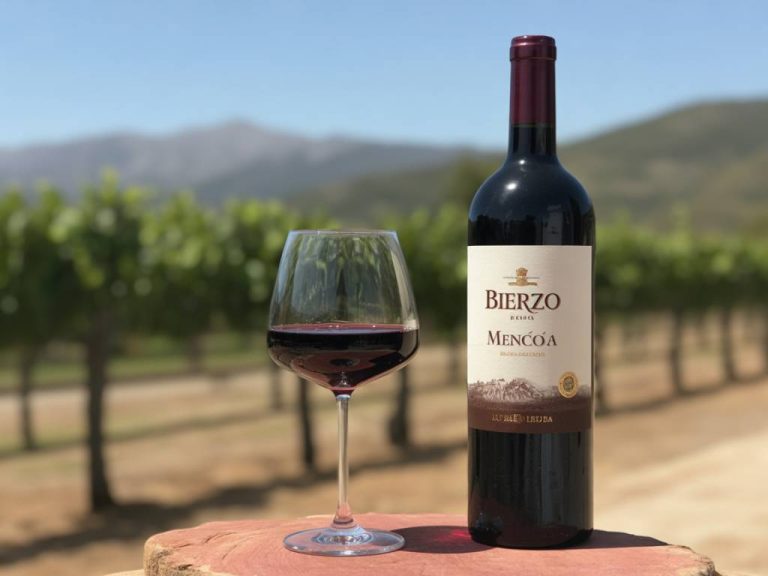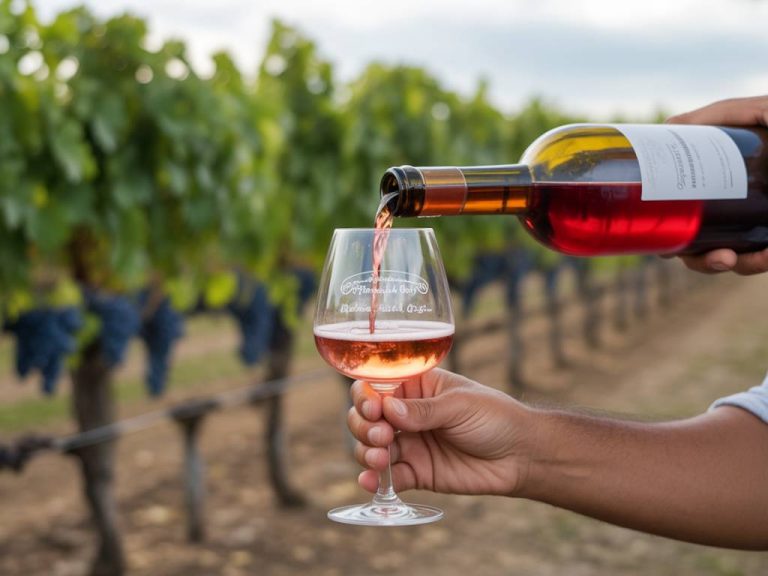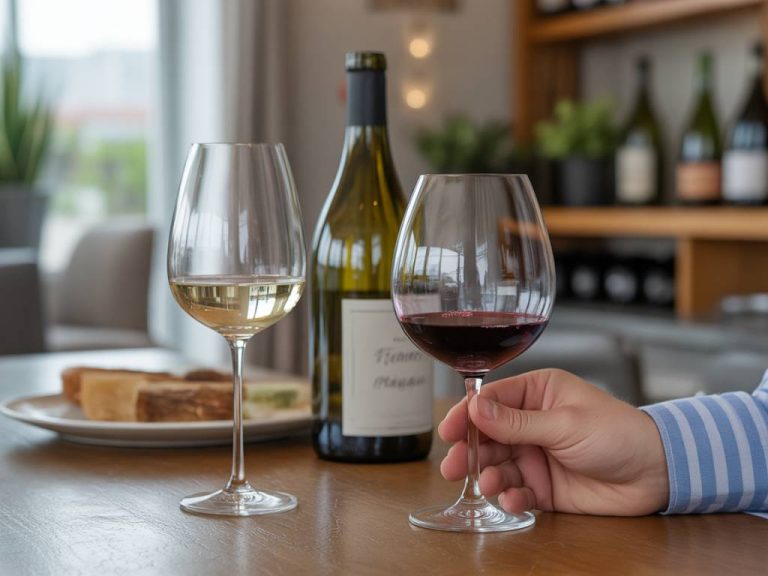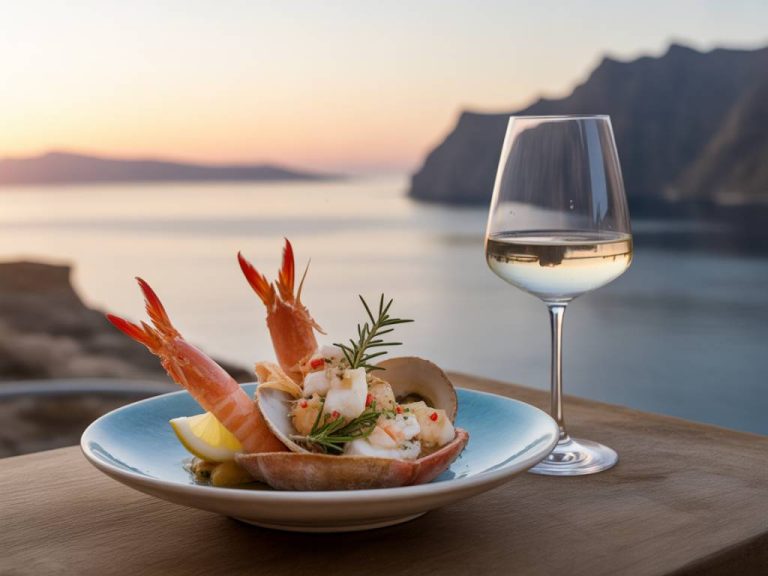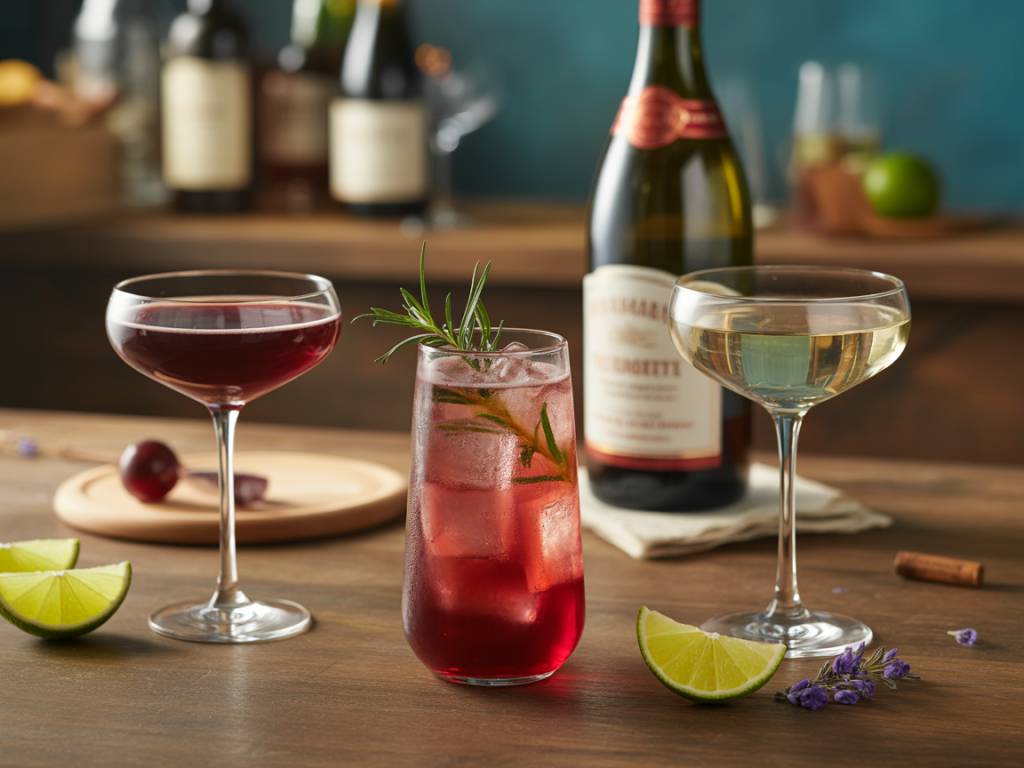
Crafting wine-inspired cocktails for your next celebration
Why Wine Cocktails Deserve a Spot at Your Celebration
When we think about wine, our minds often drift toward swirling glasses at a tasting, contemplative pairings over dinner, or casual glasses shared on a lazy Sunday. But wine can also be the heart of something more playful, vibrant, and unexpected: the cocktail.
Wine-based cocktails are more than a passing trend—they’re a smart, flavorful way to elevate your next event. Whether you’re hosting a backyard brunch, a celebratory dinner, or a toast-worthy moment with friends, these wine-inspired creations bring complexity and nuance in a refreshingly approachable way.
Let’s take a closer look at how to craft these delightful drinks, what wines work best, and which recipes are sure to spark interest around your celebration table.
Turning Wine into a Cocktail: What You Need to Know
Crafting wine-based cocktails isn’t about masking the wine’s character—it’s about highlighting and enhancing it. The goal is to balance the flavors and amplify certain notes while maintaining the integrity of the base wine. Think of it as composing a symphony: wine is the lead instrument, and the mixers, herbs, and fruits are the orchestra.
Here are a few foundational tips to keep in mind:
- Use quality wine. No need to break open your best vintage, but avoid anything labeled as “cooking wine” or too sweet (unless the recipe calls for it).
- Understand your wine’s flavor profile. A citrusy Sauvignon Blanc brings very different notes to a cocktail than a peppery Syrah.
- Balance is key. Just like in the kitchen, acidity, sweetness, bitterness, and alcohol must play well together.
Now that we’ve set the stage, let’s explore wine styles that tend to shine in cocktail form—and what makes them great team players in your shaker.
Choosing the Right Wine for the Cocktail
Wine is a broad category. From light, aromatic whites to bold, tannic reds, not every bottle plays the same role in a mixer’s paradise. Here are four versatile styles perfect for cocktail crafting:
- Sparkling Wines (Prosecco, Brut, Cava): Their effervescence adds liveliness and elegance. Ideal for celebratory sippers or refreshing aperitifs.
- Rosé: Balanced acidity and red fruit notes make rosé highly adaptable, particularly in summer-forward cocktails.
- Sauvignon Blanc: Its bright acidity and citrus profile cut nicely through richer mixers and hold up well with herbal or spicy elements.
- Fortified Wines (Port, Vermouth, Sherry): Higher in alcohol and flavor concentration, they can support heavier spirits like whiskey and brandy in more complex concoctions.
Curious about where red wines fit in? Don’t worry—we’ll explore that with an example below.
Five Wine-Inspired Cocktails That Impress Every Time
Here’s a selection of tested-and-approved wine cocktails that not only highlight the wine beautifully but also encourage experimentation. All have been road-tested at gatherings, dinners, and impromptu tastings—and the consensus is clear: they’re keepers.
The Classic: White Sangria with a Modern Twist
Forget the overly sweet, fruit-punch-like sangrias of the past. This version lets Sauvignon Blanc sing with fresh herbs and citrus.
- Base wine: Sauvignon Blanc
- Mix-ins: Fresh orange slices, lemon rounds, a few torn basil leaves, 1 oz elderflower liqueur (St-Germain), splash of soda water
- Serve in: Pitchers for casual mingling
This one is a crowd-pleaser, especially when served over ice on a sunny day. The basil adds aromatic lift, while the elderflower complements the citrus notes in the wine.
The Elegant One: Rosé French 75
This twist on a classic French 75 swaps the Champagne for a dry rosé, giving the iconic cocktail a blushing elegance that’s perfect for weddings or bridal showers.
- Base wine: Brut rosé
- Mix-ins: 1 oz gin, 1/2 oz fresh lemon juice, 1/2 oz simple syrup
- Serve in: A chilled flute, garnished with a lemon twist
Pro tip: go easy on the syrup—rosé tends to have a subtle sweetness, and you want that to shine through rather than overwhelm it with sugar or citrus.
The Unexpected One: Red Wine Negroni
Yes, red wine in a Negroni. Done right, it works. A structured, dark fruit-driven red like a Zinfandel or Syrah marries well with the bitter elements.
- Base wine: Full-bodied red (Zinfandel works beautifully)
- Mix-ins: Equal parts Campari and sweet vermouth (3/4 oz each), splash of orange bitters
- Serve in: A rocks glass over a large cube, garnished with an orange peel
The wine here adds body and depth, rounding off the edges of the Campari’s bitterness and creating a layered flavor experience. It’s one for the adventurous guest—but they usually come back for seconds.
The Fresh One: Prosecco Mojito
Lighter, quicker, and automatically bubbly—this twist on a mojito keeps the refreshing charm while adding balance and sparkle.
- Base wine: Prosecco or other dry sparkling wine
- Mix-ins: Fresh mint leaves, lime juice, 1 tsp sugar, splash of white rum (optional)
- Serve in: A tall Collins glass with crushed ice and a crown of mint
If you’re serving guests who don’t typically “like wine,” this cocktail might be your way in. Bubbly enough to please a Prosecco fan, classically refreshing for cocktail lovers.
The Coziness in a Glass: Mulled Wine Spritz
You read that right—this is a year-round cocktail. The spices from a good mulled wine concentrate are used cold, shaken over ice, then topped with chilled dry cider or sparkling wine.
- Base wine: Spiced mulled wine (cooled)
- Mix-ins: Sparkling apple cider or dry prosecco, hint of clove syrup, orange wheel
- Serve in: A stemless wineglass over ice
This cocktail sings around the holidays, but it surprises in warm weather, too. The trick is using a well-made mulled wine mix in advance, chilling it fully, then building the drink cold.
Tips for Serving Wine Cocktails at an Event
Cocktails at events can go sideways fast if service isn’t streamlined or ice runs out. Here are a few tips I always suggest to clients when they’re preparing wine cocktails for groups:
- Pre-batch wisely: Many of these recipes (sangrias, spritzers, etc.) can be batched ahead without compromising taste. Avoid batching those with citrus juice for more than 4–6 hours prior to service for freshness.
- Garnish prep saves lives: Slice citrus, wash herbs, and prep fruit garnishes hours in advance. Store them wrapped in damp paper towels in the fridge to keep them vibrant.
- Use proper glassware: A cocktail’s presentation matters. Even simple stemless wine glasses can elevate the experience over plastic alternatives.
- Offer a non-alcoholic alternative: Mocktail versions can be just as festive, using non-alcoholic sparkling wine or sparkling water paired with herb syrups and fresh juices.
A Final Note From the Tasting Room
As someone who’s spent countless hours in tasting rooms, vineyards, and kitchens discussing wine’s potential, I’m always thrilled when people discover new ways to experience it. Wine cocktails aren’t about diluting the wine experience—they’re about expanding it.
The best part? You don’t need to be a bartender to make them great. With a little curiosity and a willingness to play, you’ll surprise both yourself and your guests.
So next time you uncork a bottle, ask yourself: would this work in a spritz, a highball, or even a twist on a classic? Chances are, the answer is yes—with the right balance and a touch of inspiration.
